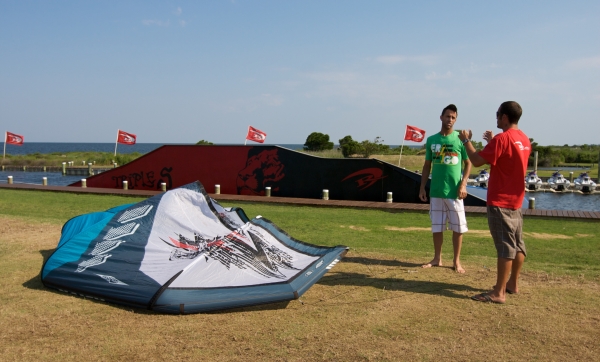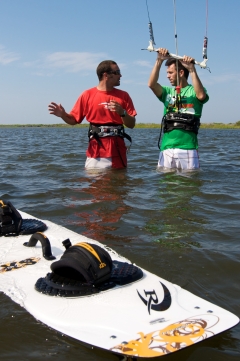
All photos: REAL Kiteboarding
KITEBOARDING IS A SPORT that uses a large kite to transfer an everyday thrill-seeker into a full-blown superhero, soaring through the air as high and far as the wind will allow. On any given day, lesson centers across the world are swamped with former windsurfers and board sport junkies eager to learn how to kiteboard.

